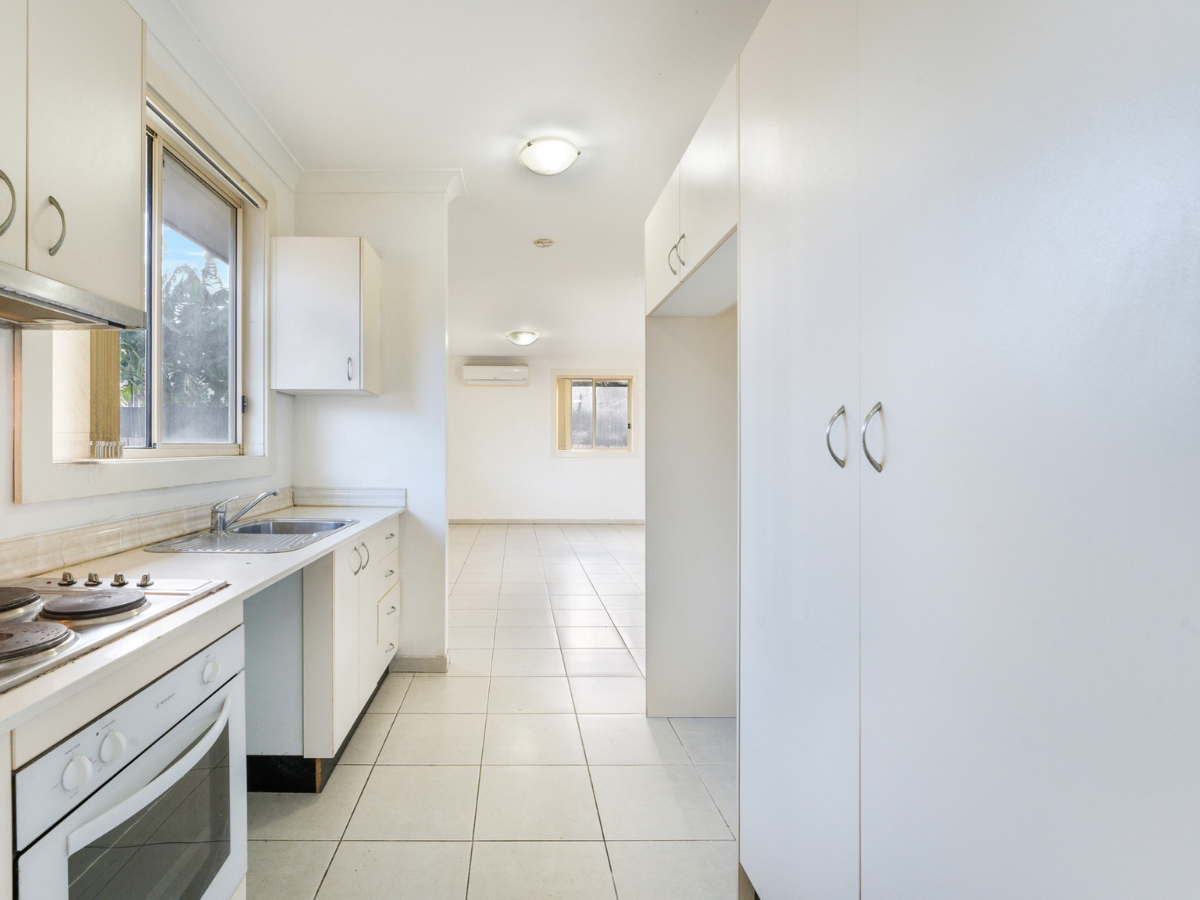A construction budget covers the total predicted expenses for the design, labor, materials, permits, and finishing of a construction project. It enables developers, homeowners, and contractors to plan, track, and control their spending all the way from the purchase of land to the final handover of the property.
Knowing what a construction budget entails is necessary for not overspending, getting late, or having conflicts. Just imagine if you were to build a residential home, a commercial office, or an industrial facility, every dollar would have to be accounted for. This is why construction estimation services become very important. These services enable you to get a professional breakdown of each cost element so you can prepare budgets that are in line with the timelines and market conditions.
Land Acquisition and Preparation Costs
The initial phase of any construction project is the buying and preparing of the land. The price of the land itself depends greatly on the location, the zoning, and the local demand. Legal fees for the title search, environmental testing, and permits related to land transfer are some of the additional costs.
Additionally, site preparation work such as land clearing, grading, tree removal, and soil testing is needed in order to make the site suitable for construction. These pre-construction activities are often underestimated in terms of importance, but they are vital for installing a safe base.
Design and Planning Costs
Before starting construction with bricks, architectural and engineering plans must be completed. These design fees represent the whole range of services from floor plans to mechanical, structural, and civil engineering services. Besides that, some projects may require the help of geotechnical or environmental consultants.
At this stage, estimating services are generally hired to make a cost forecast depending on schematic or conceptual plans. Consequently, this allows one to have better decision-making and budget control in the early stages of the design process.
Permits, Inspections, and Legal Fees
It’s impossible to get anywhere without the necessary approvals. A budget for building permits, environmental clearances, and zoning compliance is essential. For instance, if the project is big and the jurisdiction allows it, one can be charged for the inspection of fire safety, structural stability, or energy efficiency.
Additionally, hiring a lawyer may become necessary, for example, if during the drafting of the contract, the insurance policy is to be reviewed, or a dispute is to be solved. Not taking this into consideration may result in one’s work being stopped or even having to pay fines.
Structural Framework Costs
This part is about making the building’s skeleton. It covers the wood or steel framing, floor joists, roof trusses, and load-bearing supports. Prices are influenced by the type of materials and the structure’s design complexity.
The framing phase is the principal stage of the build and must meet all the engineering standards for safety.
Exterior Construction Costs
Exterior finishing is the first line of defense for the structure and constitutes a major part of the appearance. The cost of roofing, siding, insulation, flashing, gutters, and downspouts is included here. The choice of roofing and wall covering materials greatly affects the budget. (Roofing: asphalt shingles, metal, clay tiles; Wall finish: brick, stucco, vinyl siding)
Premium exteriors might also comprise extra features like weatherproofing or solar power.
Flooring Installation Costs
Flooring materials and installation are the largest variable costs in any construction project. You can choose from hardwood, tile, laminate, and carpet. Subfloor preparation, adhesives, underlayment, and sealants also play a role in price.
The complexity of the installation and the choice of materials have a major influence on the budget.
Plumbing System Costs
Plumbing refers to rough-in (pipes, drainage systems) as well as finish-out (fixtures like sinks, bathtubs, water heaters). It is also possible that you have a filtration system, heating system, or water source for the reuse of the gray water, among other systems.
The plumbing cost will rise as building size, number of bathrooms, and quality of fixtures go up.
Electrical System Costs
It means all the components of the electrical system-service panel, main cable, switchboards, lamps, and sockets. The electrician is responsible for installing the circuit breakers, smoke detectors, and the backup power system in case it is required.
If you want your smart home to be integrated or use commercial-grade wiring, it can increase the complexity and cost.
HVAC System and Insulation Costs
Heating, ventilation, and air conditioning units have to be placed together with the installation of the duct, vents, and thermostats. Insulation in the walls, ceilings, and crawl spaces also helps in reducing long-term energy costs.
Factors such as mini-split, central air, and energy-efficient furnaces will have the biggest impact on the budget allocated to the heating and cooling part of a house.
Kitchen and Bathroom Installation
Kitchen and bath are two of the areas where a lot of the money is spent, and that money comes from the finish. Cabinets, countertops, appliances, faucets, and lighting are all the main contributors to kitchen and bath expenses. These areas are the most costly in terms of finish quality.
The budget may also depend on how many bathrooms there will be and whether the kitchen is basic or luxury in design.
Exterior Works and Landscaping
After the main building has been completed, the building of the exterior part of the site is carried out. These include driveways, parking areas, patios, fencing, gates, and soft landscaping like planting and turfing.
Landscaping is not only beautification, it is also the drainage system, the control of soil erosion, and the building of retaining walls.
Labor and Contractor Fees
Labor consists of skilled and unskilled workers, general contractor fees, site supervisors, and subcontractors. These prices are influenced by the location, the need for the trade, and the rules of the labor union.
On average, a contract with a general contractor includes a general contractor markup that is typically between 10% and 20% of the total cost.
Final Inspections, Cleanup, and Handover
After the building process is completed, inspections are necessary in order to get the certificate of occupancy. Also, the final cleaning, the completion of the punch list, and the delivery of the as-built drawings and the manuals are included.
This step is the official transfer of possession to the owner and must therefore be indicated in the budget.
Summary Table of Construction Budget Components
| Category | Typical Percentage of Total Budget |
| Land Acquisition | 10–15% |
| Design and Planning | 5–10% |
| Permits and Legal Fees | 2–5% |
| Foundation and Excavation | 10–15% |
| Structural and Exterior | 15–20% |
| Interior Finishes | 15–25% |
| Plumbing and Electrical | 10–15% |
| HVAC and Insulation | 5–10% |
| Landscaping and Exterior Works | 3–7% |
| FF&E and Appliances | 5–10% |
| Labor and Contractor Fees | 15–25% |
| Contingency Reserve | 5–15% |
| Final Inspections and Handover | 1–3% |
FAQs
- What is the most expensive part of a construction budget?
The interior finishes and labor costs typically take up the largest portion of the budget. - Is a contingency reserve necessary?
Yes, it’s critical for covering unexpected costs and avoiding project delays.
3. What role do Estimation services play?
They help provide detailed and accurate budget projections, reducing financial risk..
for more visit : website




Leave a Reply